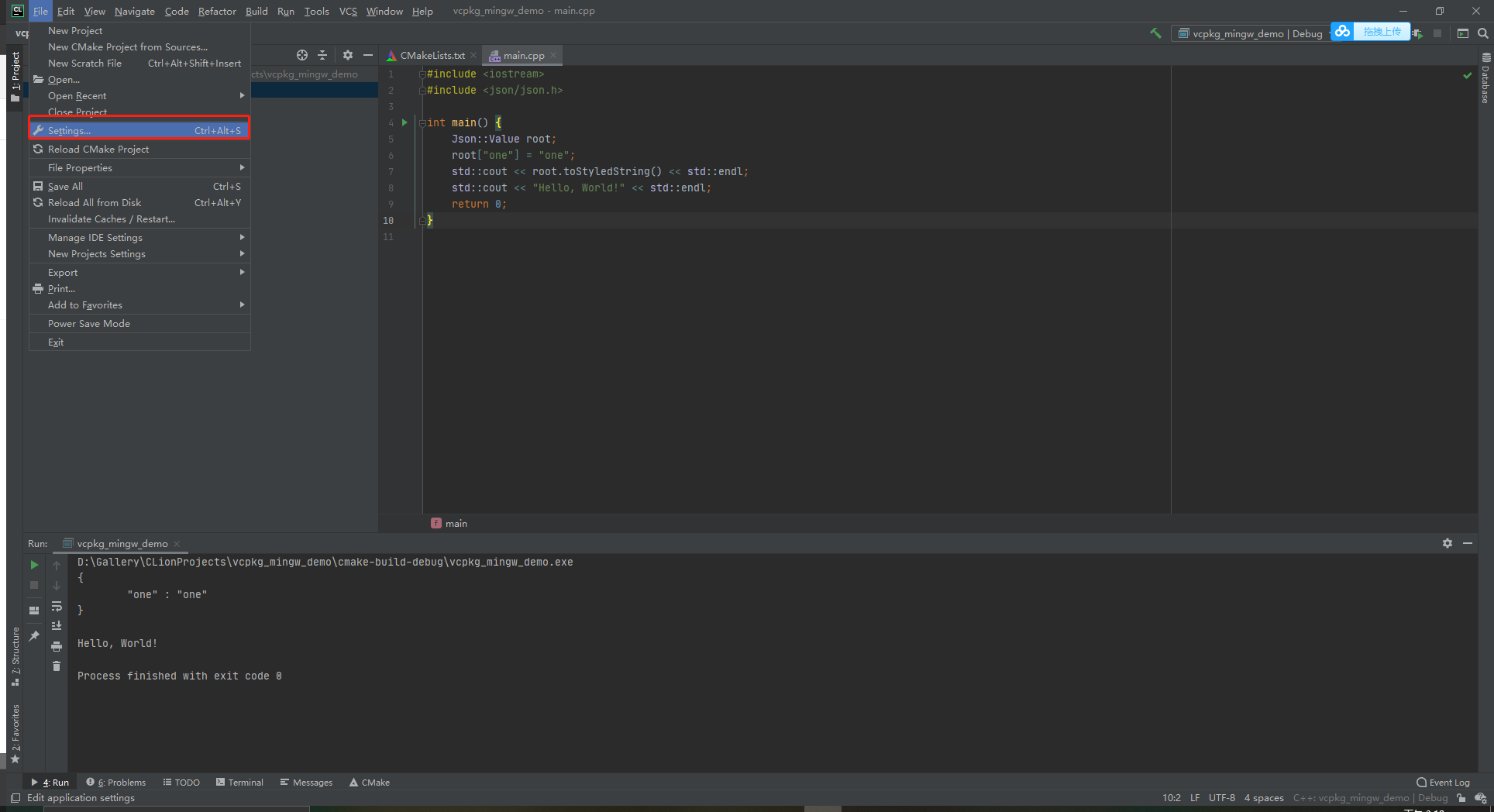
In doing so, you’ll learn the differences between the two, including graphical user interface (GUI) support, management of dependencies, and cross-platform capabilities.
#Cmake version how to#
In this tutorial you’ll learn how to build an application with both CMake and Make. Cmake vs. Make Builds: Differences You Should Know
#Cmake version install#
To install Make on a Windows machine, follow these instructions.
#Cmake version upgrade#
However, there may be a need to upgrade to the latest version (which is version 4.3 at the time of writing) to improve functionality and prevent security vulnerabilities. Note: To build the CMake artifacts on Windows, you need to install MSBuild, a build engine.īecause Make comes bundled with the Unix operating system, there is no need to install it. NET FrameworkĬopyright (C) Microsoft Corporation. Microsoft (R) Build Engine version 15.8.168+ga8fba1ebd7 for.

On both Windows and Linux, run the following command to check the CMake version number: To install CMake, follow the instructions available on their website. To begin, you need to install Make and CMake on your operating system. In the following sections, you’ll learn how to compile a simple program using both CMake and Make to better understand their differences. To use Make, you have to manually create the Makefile, but with CMake, the Makefile is automatically created. CMake can generate a Makefile, and then the generated Makefile can be used with Make in the platform being worked on: How CMake and Make Work It’s important to note that CMake produces build files for other systems however, it’s not a build system itself. It allows compiler-independent builds, testing, packaging, and installation of software. This means that it works on different operating systems. On the other hand, CMake requires a CMakeLists.txt file and is a cross-platform Make. It obtains the instructions on how to build the program from a file called the Makefile. Make is a tool that controls the generation of executables and other non–source files of a program from the program’s source files. How CMake and Make WorkĬMake and Make are especially helpful when it comes to automation and save you time by putting all the commands required to build the program in either a Makefile or CMakeLists.txt file without having to type them out every time. This compilation process is also known as the build process and is where CMake and Make enter the picture.

The compilation of code consists of a few steps, including preprocessing, compiling, and linking, to create either a library or an executable that can be directly run by the computer it was made for. What Is Compilation?Ī compiler is a program that translates source code into machine code. You’ll then implement CMake and Make to see their differences in action. In this article, you’ll learn how CMake and Make work and the key differences between them. Both of these tools allow you to go from source code to executables. This is where tools like CMake and Make can help you automate the process. This build process can be done manually, but it can become difficult as you start working on larger projects. Creating software isn’t only about writing code you need to build all the source code to get a usable software artifact.


 0 kommentar(er)
0 kommentar(er)
